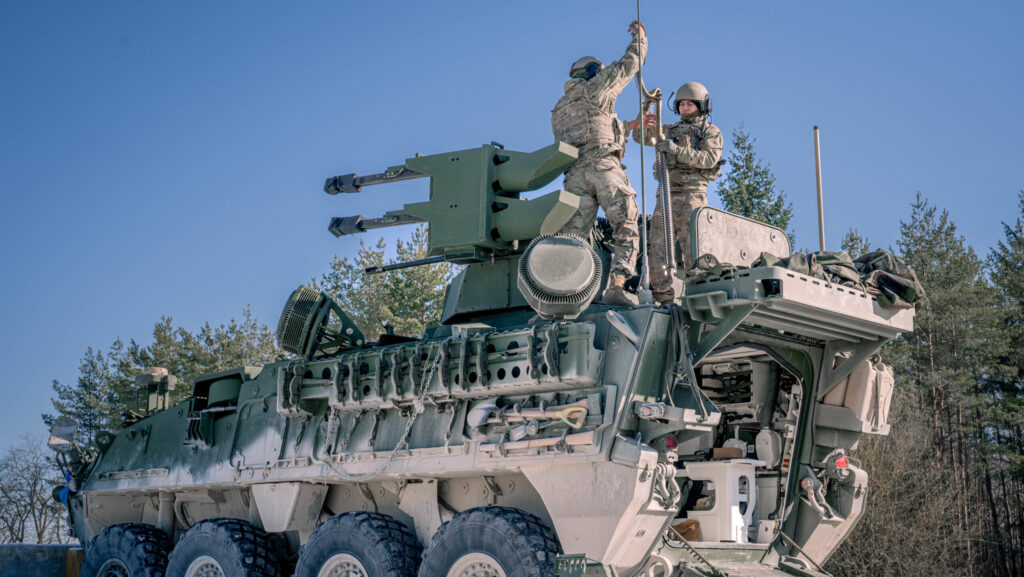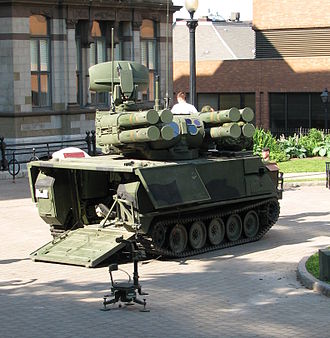FJAG
Army.ca Legend
- Reaction score
- 15,035
- Points
- 1,160
You know me. I like to make use of what we got. Everyone here bitches about the TAPV, but to me the TAPV offers several great features: its mine resistant; it has adequate armour protection against small arms and splinters; it can adequately hold a crew of four; and it has a flat roof where, with a bit of reinforcement, you can mount any number of remote weapon systems like a Moog turret offers.Lots of these?
IMHO, Canada needs a fleet of light armoured vehicles that can mix in with a LAV coy or Leo sqn or cbt tm and provide the close in CUAV, AD coverage that's needed. It's not a place for a pickup truck.
Say a battery of twelve to support a battalion. With 50 you could do the Latvian brigade. That's four batteries. Say a crew of four for 24/7 that 48 bodies - add in another 30 for C&C and CSS and that 320 folks, lets say 80 PYs (roto 0 and leadership) and 240 reservists.
Add another 2 batteries of light systems mounted on whatever the light battalions will get and Bob's your uncle.
There you go. A napkin force that cost $0.02 to produce and didn't need hundreds of thousands in consultant fees and a 5 year project to write a definition and SOR for. Give me another $0.03 and I'll draft a T&OE for you together with a PY/ARes manning source table and a glossy line diagram.










:quality(70)/cloudfront-us-east-1.images.arcpublishing.com/archetype/EYOH2GDNBRGIJCLDLAI4WNS56Q.tif)

